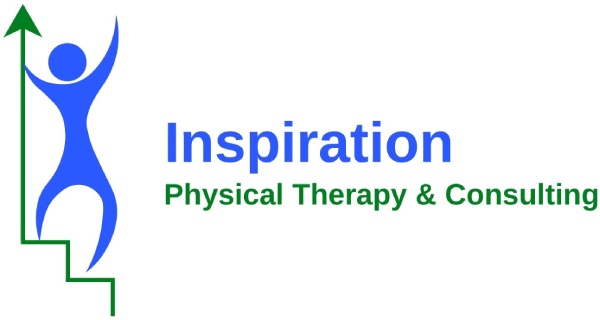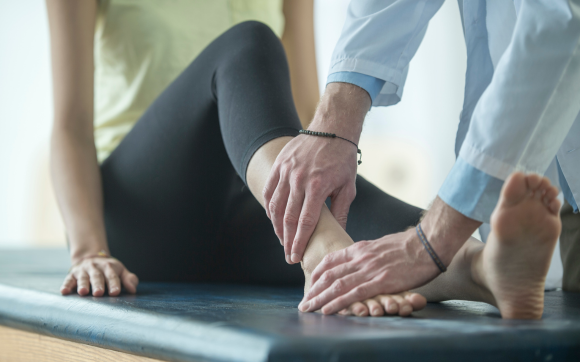What Do We Treat?
Joints and body
- TMJ /Jaw Pain and Dysfunction
- Shoulder: Impingement Syndrome, Rotator cuff syndrome, Pre and post operative, Bicep tendinosis, Bursitis
- Elbow: Tennis elbow, Golfer’s elbow, Fractures, Tendinosis
- Wrist: Fractures, Pain, Carpal Tunnel Syndrome
- Hand: Finger pain, Decreased motion, Difficulty grasping
- Rib: Pain, Misalignment and Costochondritis
- Hip: Pain, Labral tears, Replacement surgeries, Pre and post operative, ITB syndrome, Bursitis
- Knee: Pain, Meniscus tears, ACL, MCL, PCL, LCL injuries and repairs, Pre and post operative, Replacement surgeries, Fractures
- Ankle/ Foot: Pain, Plantar fasciitis, Achilles tendon injuries, Sprains/strains, Pre and post operative, Altered walking pattern, Decreased balance/falls
Spine
- Cervical/ Neck: Pain, Disc herniations, DDD
- Thoracic/ Mid back: Pain, Scoliosis, DDD, Misalignment issues
- Posture
- Lumbar/ Low back: Pain, Sciatica, Herniated discs
- SI joint Dysfunction
Neurological
- Concussion/ mTBI
- Vestibular
- Balance/ Falls
- Multiple Sclerosis
- Post Stroke/ CVA
- Parkinson’s
- Spinal Cord Injuries (SCI)
Pediatrics
- Torticollis/ Plagiocephaly
- Developmental Delay
- Toe Walking
- Developmental Discoordination Disorder
Speciality Conditions:
- Concussion/ mild Traumatic Brain Injury
- Pelvic Floor Dysfunction
- Diastasis Recti
- Wheelchair evaluations (additional fees may apply for LMNs)
- Post COVID Weakness
- Wellness, Weakness/Deconditioning
- Running, Walking and Gait analysis and assessment
- Ehlers Danlos and Hypermobility Syndrome
Don’t see what you are looking for?
With 10 years of experience, Dr. Cheryl is well versed in most conditions requiring Physical Therapy.
Potential Injuries
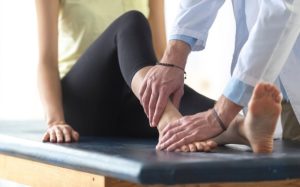
Sprains
A sprain occurs when a ligament, the tissue that connects bones to bones, is stretched or injured. A common example is an ankle sprain, often caused by the twisting of the ankle. In our physical therapy practice, treatment for ankle sprains is highly personalized. We focus on addressing muscle weakness, improving balance, enhancing proprioception (your sense of body position), and providing functional activity training to aid recovery.

Strain
A strain happens when a muscle or muscle tendon, the connective tissue linking muscle to bone, is stretched or injured. You may have heard of it as a "hamstring strain" or "pulling a muscle." Our physical therapy approach is tailored to your unique needs. Treatment typically includes gentle stretching of the affected muscles, manual techniques to expedite recovery, and gradually introducing strengthening and stabilization exercises, all customized to your progress and requirements.
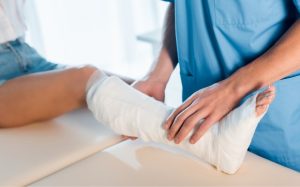
Fracture or Broken Bone
A fracture, commonly known as a broken bone, occurs when a bone cracks or fully separates. Initially, medical doctors may immobilize the bone with a cast, sling, or even surgery involving rods and screws. Physical therapy usually comes into play once some healing occurs, typically taking 8-10 weeks. Our physical therapists create individualized plans focused on improving your range of motion, strengthening the muscles around the injury, reducing compensations, and facilitating your return to daily activities according to your specific goals.
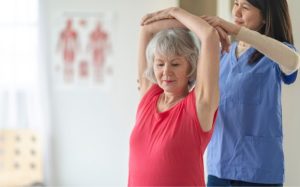
Pre-operative PT
In some cases, surgeons recommend physical therapy before surgery. This pre-operative physical therapy enhances strength, range of motion, and flexibility. It often leads to better post-operative outcomes and faster recoveries. Typically, pre-operative physical therapy involves a few sessions in the weeks leading up to your surgery. However, additional sessions may be necessary in certain situations, especially when surgery is avoidable or significant muscle and joint limitations exist.

Falls
Falls can result from various factors, including both external and internal causes. External factors encompass issues like low lighting, uneven surfaces, tripping hazards, and collisions with objects or individuals. Internal factors may include:
- Decreased proprioception: Your sense of body position in space.
- Vestibular issues: Pertaining to your inner ear's sense of head position, movement, and its communication with your brain and body.
- Decreased muscle strength: Certain muscles play a crucial role in maintaining balance. Weakness in these muscles can lead to imbalances and falls.
- Vision issues: Impaired vision can affect your ability to perceive your surroundings. While physical therapy doesn't directly address vision problems, we strengthen the systems contributing to balance. Additionally, we offer recommendations to modify your home environment to reduce fall risks.
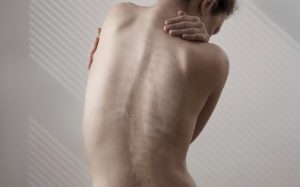
Scoliosis
Scoliosis is an abnormal curvature of your spine, often resembling a "C" or "S" shape. Diagnosis typically involves an in-office examination and confirmation through X-rays. While severe scoliosis may require surgery due to potential effects on the ribs and lungs, mild to moderate cases often benefit from physical therapy. Our approach includes assessing your posture, daily activities, range of motion, mid-back strength, and postural muscles. Based on these findings, our physical therapists create an individualized plan tailored to your needs.

Ligament Injuries
Ligaments connect bone to bone and can get injured through falls, sports impacts, motor vehicle accidents, or prolonged stress. Ligaments can stretch, sprain, tear, and more. Physical therapy focuses on reducing initial stress on the injured area and strengthening the muscles around it. We align our treatment with your goals for returning to your desired activities.
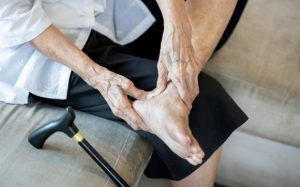
Tendon Injuries
Tendons connect muscles to bones and can sustain injuries from sports, falls, accidents, or everyday activities. Tendons may stretch, tighten, become injured, not glide properly, tear partially, fully, or retract. Physical therapy provides conservative management for tendon injuries. Our approach addresses tightness, and compensatory movement patterns, strengthens surrounding areas, and aids your return to daily life and function.
